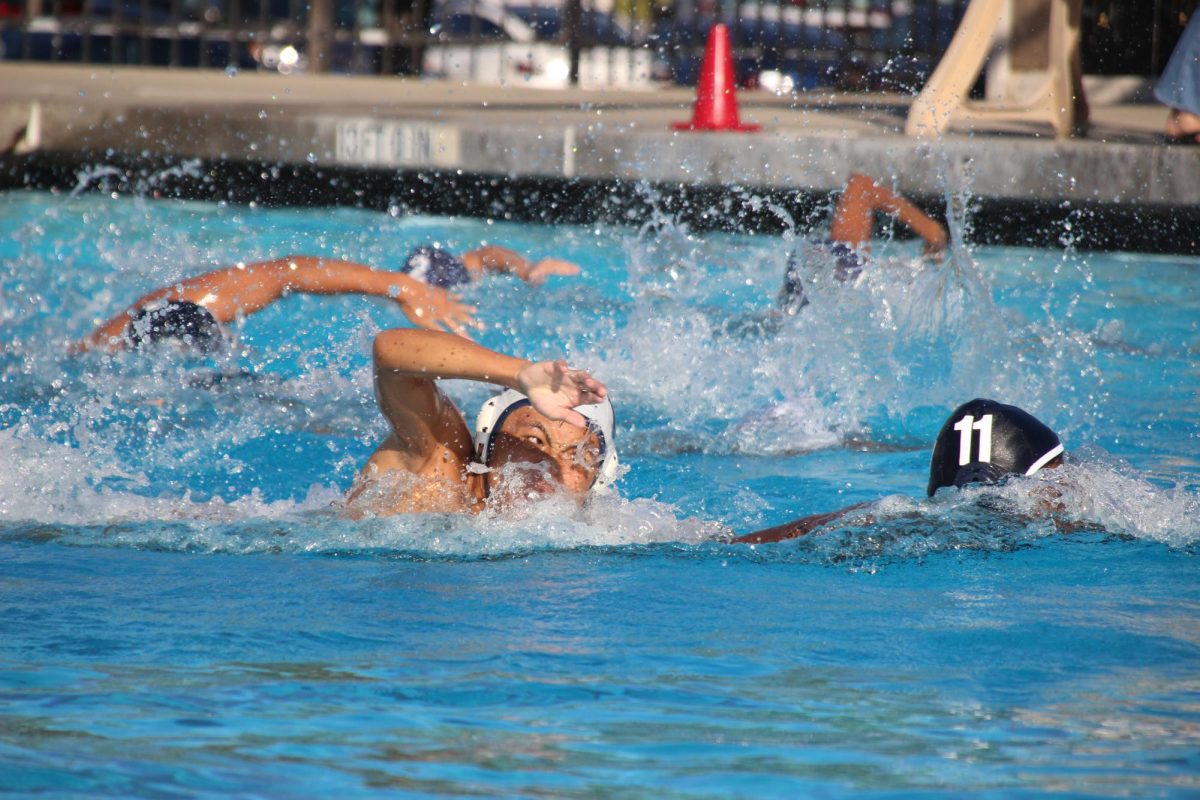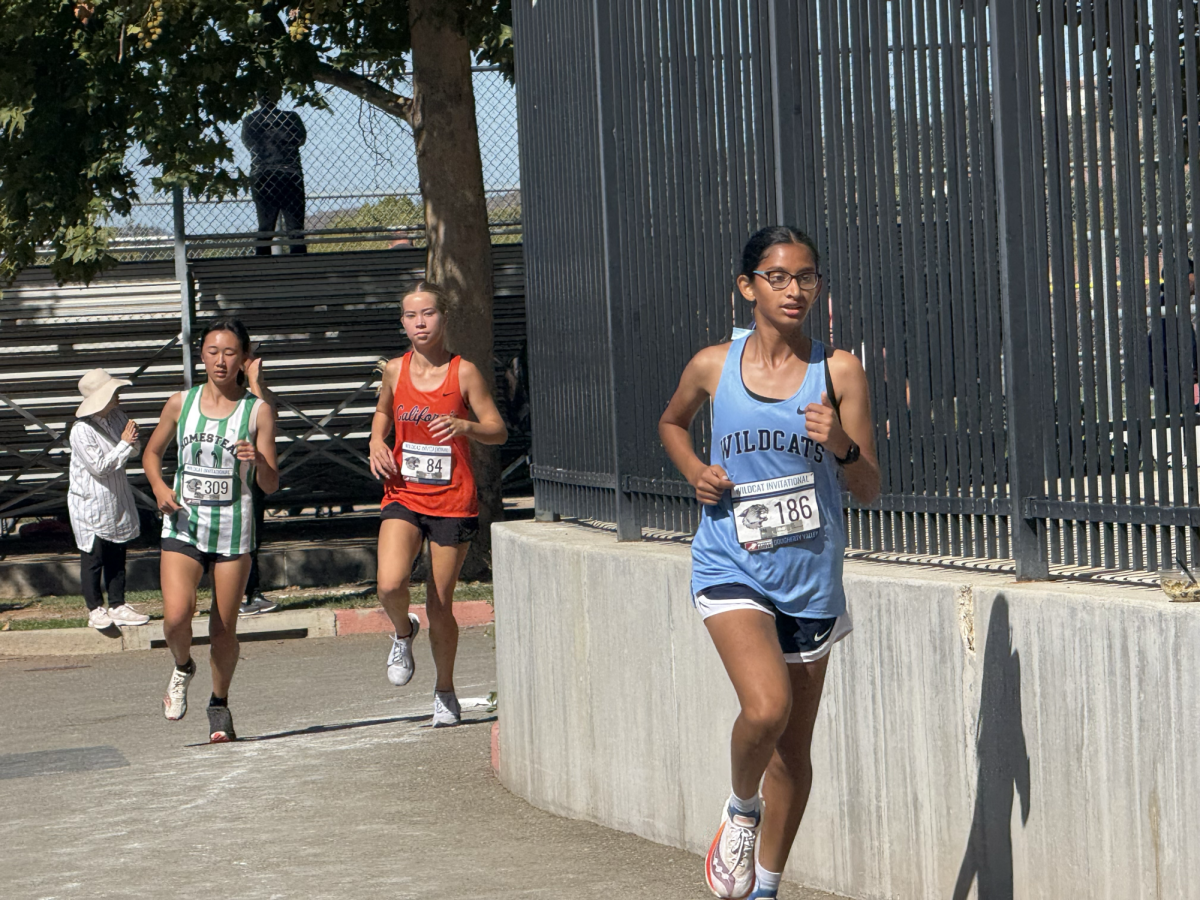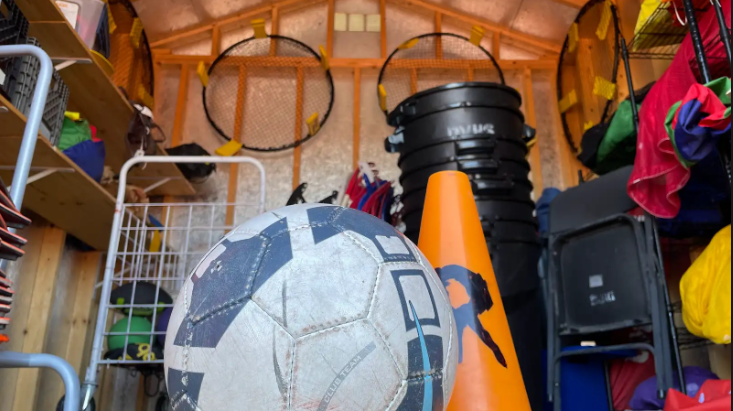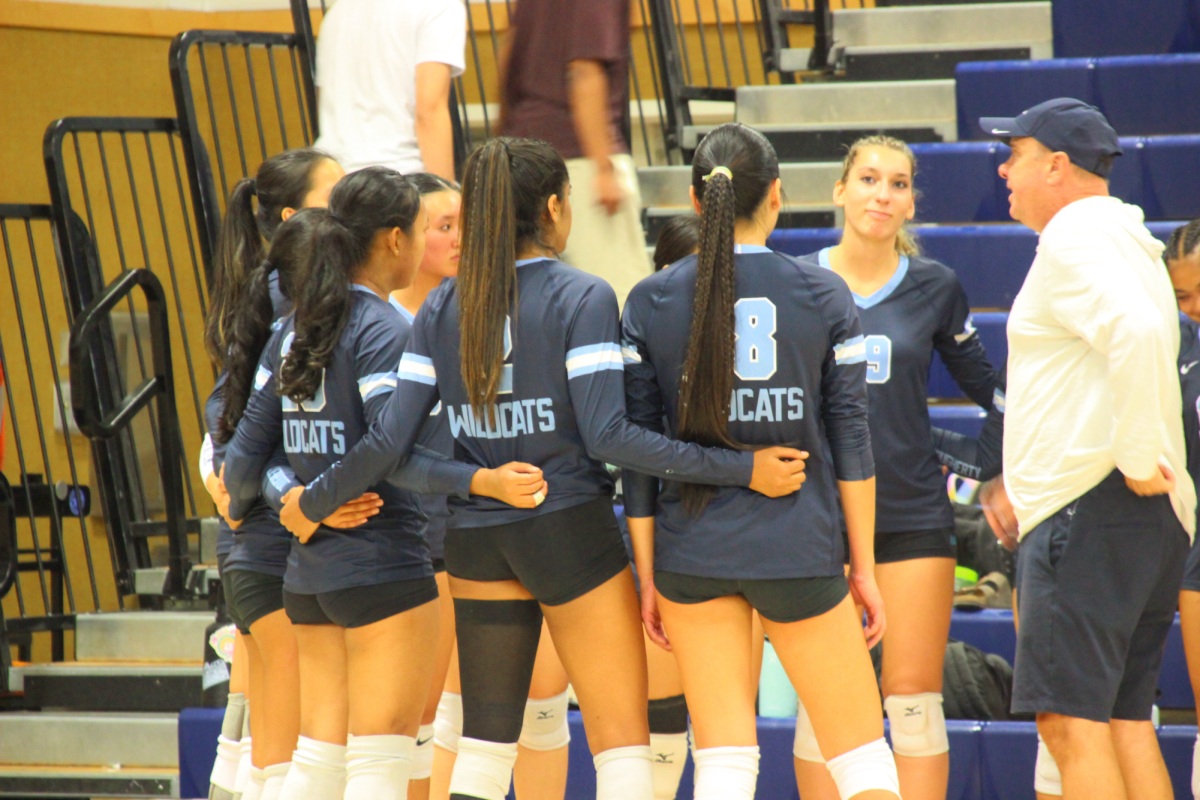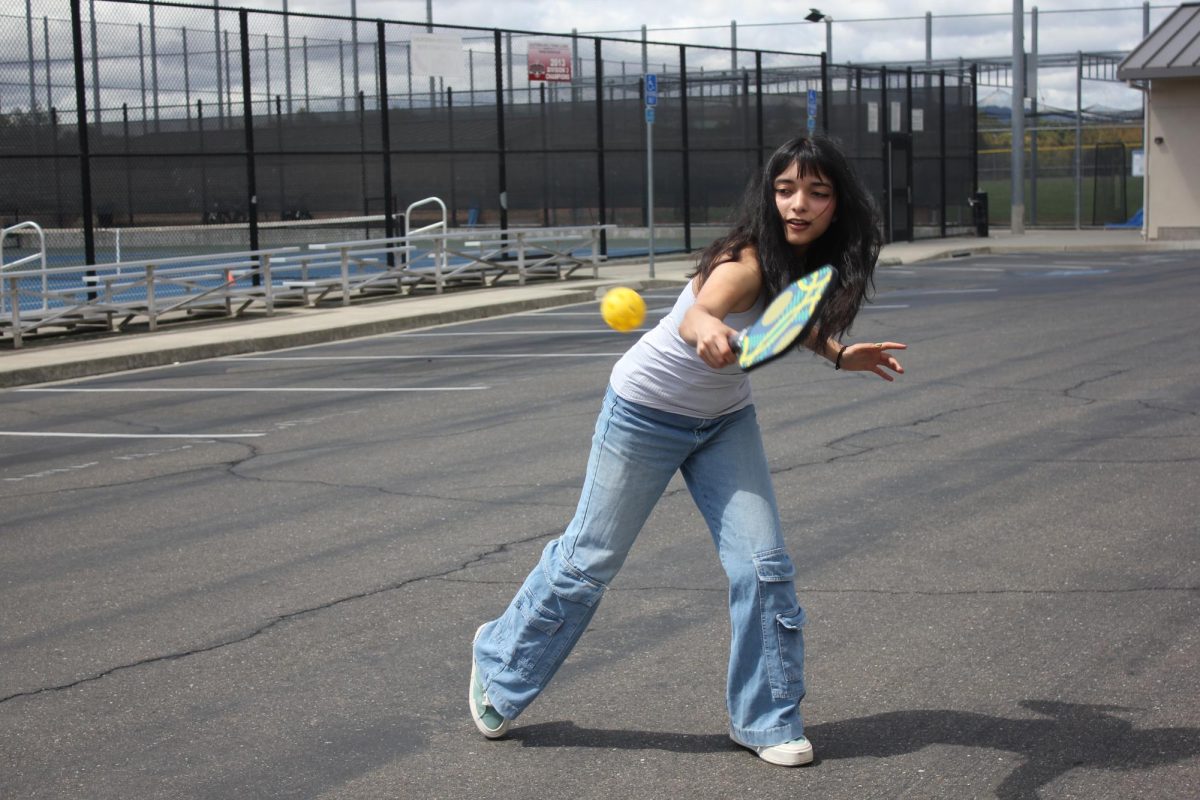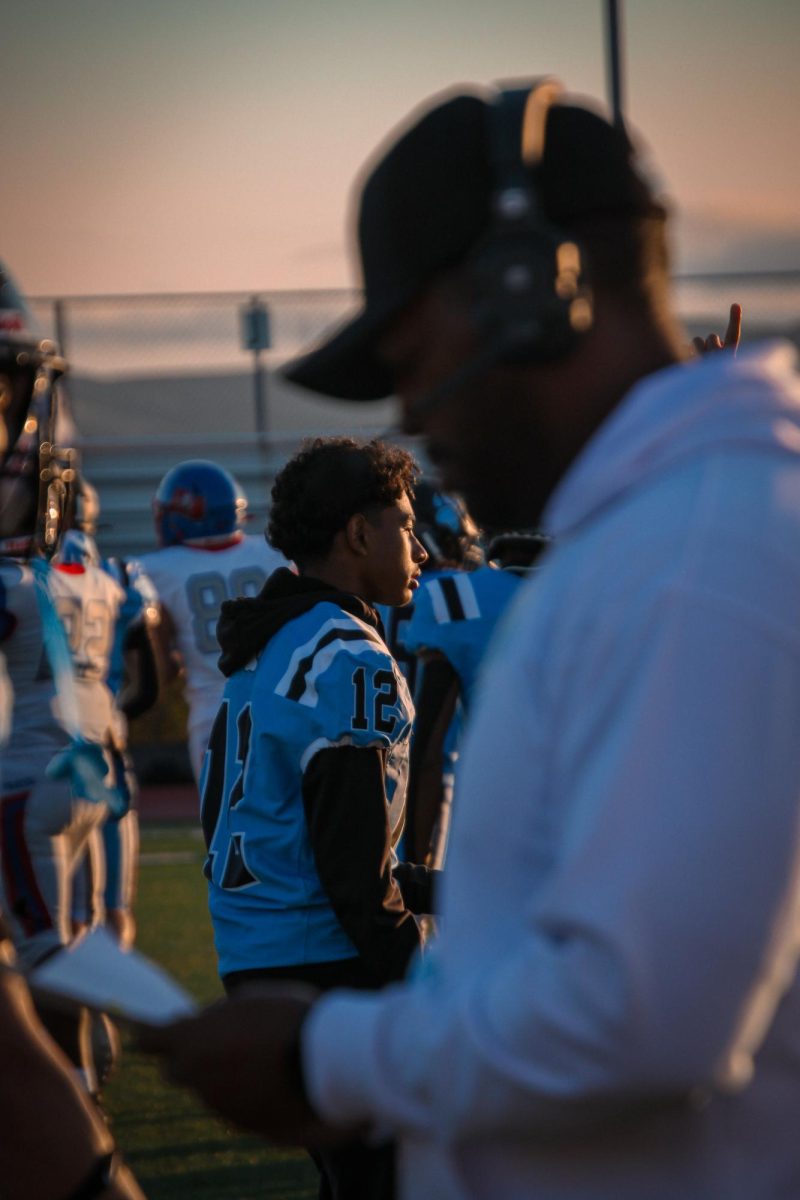The DVHS water polo team has existed for about 12 years, and has endured its ups and downs over the course of this duration. According to the Los Angeles Times, water polo is a mix of sports with some brutality on the side. There have often been cases of major injuries like concussions, facial injuries, spine damage and more, as it is part of being a water polo player. Despite these risks, the DVHS water polo coaches have discussed many ways players can navigate these challenges within the domain of water polo at the high school level.
Coach Cyndi Oji-Marchese, the mens water polo coach stated, “To prepare, the boys really do work a lot on playing with full aggression [during] practice, so that way they’re prepared when we face opponents as well.”
Marchese also emphasized the difficulty of returning to the sport when a player keeps up with practice throughout summer, especially since it’s a game that requires stamina and muscle memory.
“I think when you come into a sport right away that starts in the summer, and sometimes maybe you’ve gone on vacations or you’ve done other things over the summer, so kind of jumping back into routine, there’s a lot,” Marchese explained.
Similarly, Coach Brad Zenoni, the womens water polo coach, talked about his dependency on the heavy commitment from his athletes, given the intricate nature of the sport.
He stated, “Getting into shape is very taxing, and it’s a very physically demanding sport and they can’t touch the bottom, so you basically have to self propel yourself the entire time. There are a lot of tough sports up there, but it is one of the toughest sports. They really do have to kind of commit themselves.”
When it comes to training, players talked about both the challenges they faced, as well as some of the lessons they’ve learned along the way. The players also highlighted key obstacles they experience in the water that may not be apparent to the spectators of the game.
Senior Addison Sales, a member of the womens varsity water polo team, stated, “I do find water polo to be taxing, but for me the mental challenge is more than the physical. You have to make sure you are reading the pool and making good passes so the ball doesn’t get turned over, but you also have to learn to stay focused when you’re tired.”
According to the Association for Applied Sports Psychology, emotional regulation plays a huge role in the way sports players navigate some of the major pitfalls of team sports, like losses or tough interactions with team members or opposing players from rival teams.
For example, Sales explained,“I’ve navigated this by controlling my emotions after a bad play or pass and focusing more on the next one.”
To not only train their mind, but also their body, DVHS water polo training usually consists of intensive drills, and Aliya Kwan, another womens varsity water polo player, explained how this training breaks down.
She stated, “We do around 30 minutes of swimming, 20 minutes of legs, and the rest of my two-hour practice is passing, shooting and drills for skills we need to work on.”
Similarly, the mens water polo team also follows an extensive workout routine when preparing for their games, ranging from stretch circles to heavy conditioning sets.
Junior Aiden Jiang, a mens varsity player, explained that, “We start off first with the stretch circle, just to make sure we don’t get injured or anything. And then after that, we have a short little warm-up in the pool. After that we usually have a conditioning set… and that’s just to get your aerobic capacity and build that up.”
Both teams have also had their fair share of injuries due to the nature of their sport, many of which don’t get noticed by referees.
Junior Bobby Duong, Jiang’s teammate, observed, “I feel like there are some opponents that really like grabbing, even though that’s technically not allowed in water polo.” Though the rule books followed across both high school and Olympic-level water polo states that grabbing isn’t allowed, Duong expressed that, “it’s just kind of there, and you just kind of have to deal with it at the moment.”
Zenoni related similar methods of dealing with the push and pull of the sport, and emphasized how in his view, one of the main ways players navigate the challenges they face in the water can benefit them in real life.
“Water polo is tough and life is tough,” Zenoni said. “It’s really about how you respond in that moment. It’s totally okay to feel bad about things that don’t go your way or things that happen in life. That’s the nature of it, but it’s really about how you respond.”

